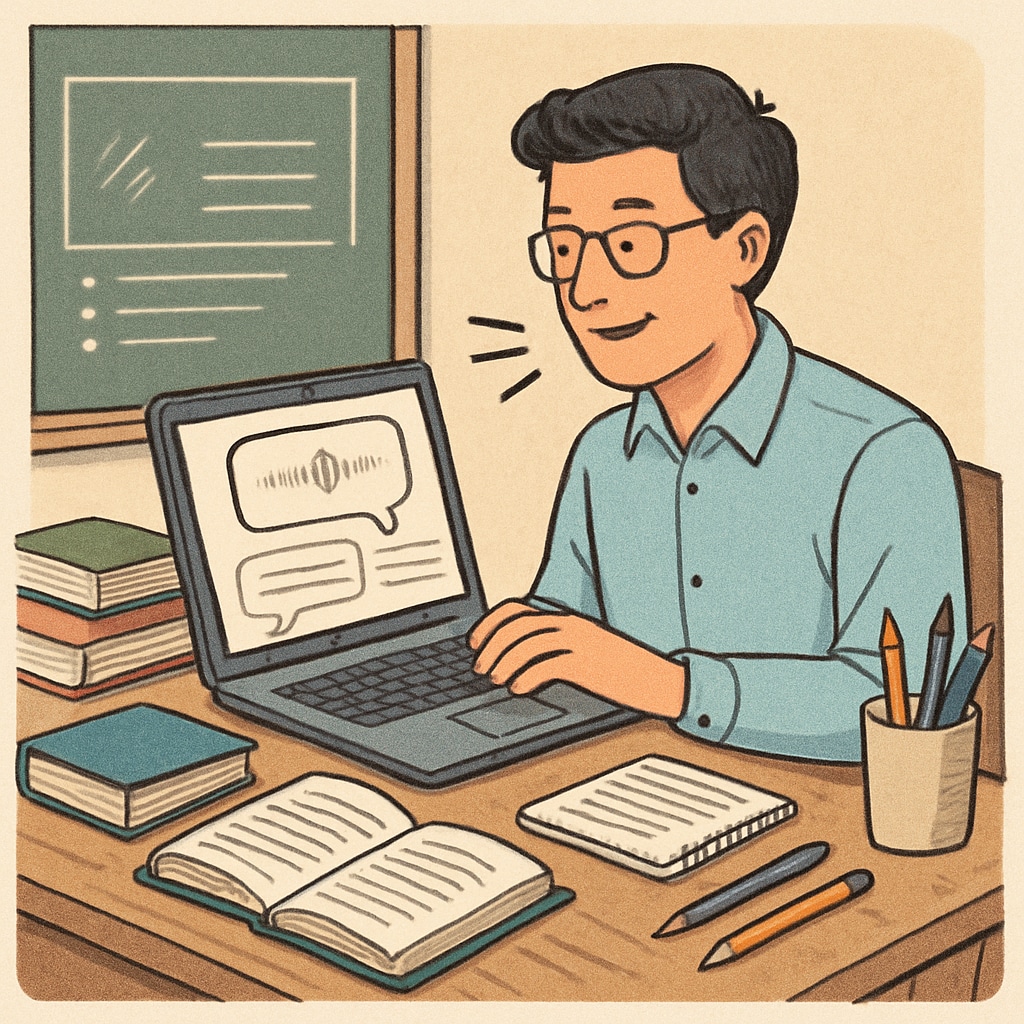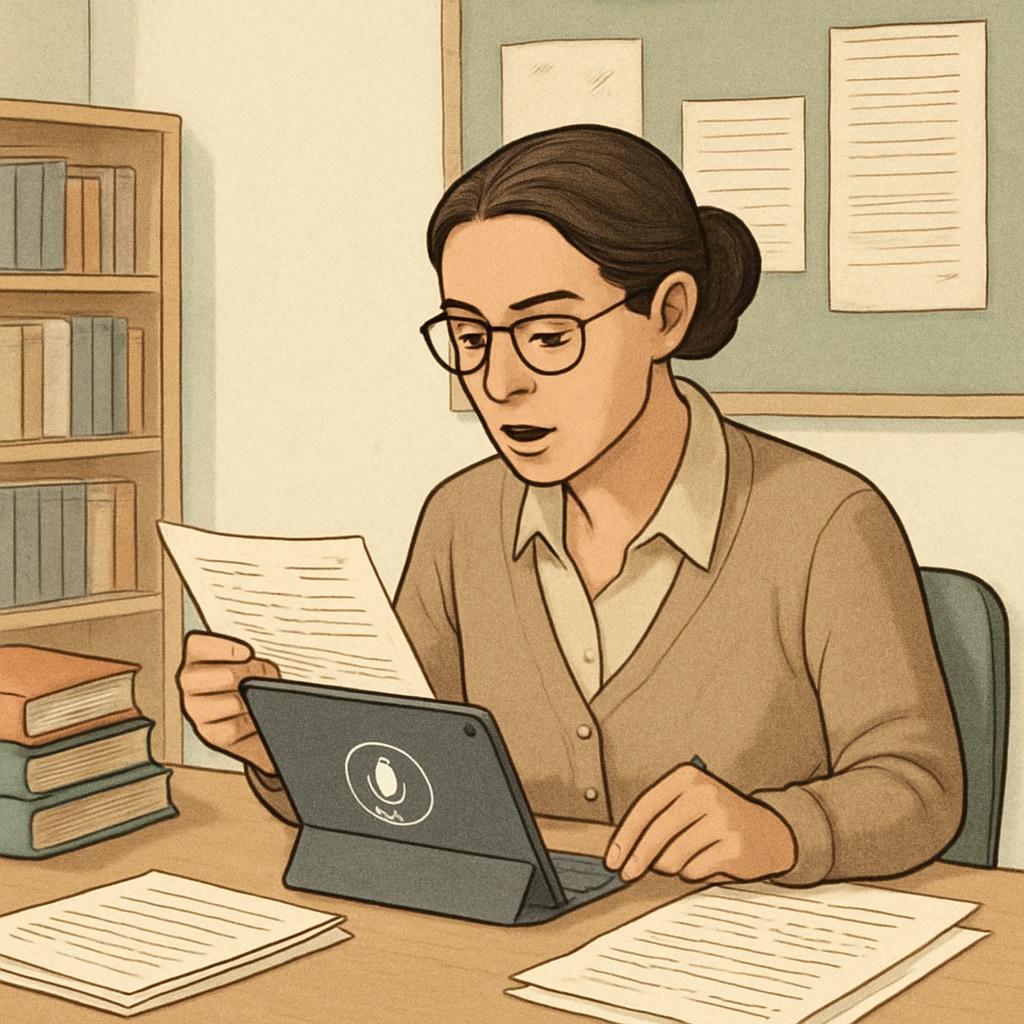For K12 educators, balancing teaching responsibilities with the growing burden of administrative tasks can be a daunting challenge. Tools like WillowVoice, a cutting-edge speech-to-text technology, are helping educators streamline their workflows. By enabling accurate transcription of academic terms and simplifying document creation, these tools reduce administrative workloads, allowing teachers to focus on providing high-quality teaching feedback and instruction.
Streamlining Administrative Tasks with Speech-to-Text Technology
Administrative tasks, such as preparing lesson plans, grading assignments, and providing detailed feedback, often consume large amounts of time. Speech-to-text technology addresses this issue by converting spoken words into written text with remarkable accuracy. WillowVoice, for example, is designed to recognize complex academic vocabulary and contextual nuances, ensuring precise transcription. This eliminates the need for manual typing and editing, saving teachers hours of labor each week.
With tools like WillowVoice, teachers can dictate lesson summaries, notes, or grading feedback directly into their devices. This process not only speeds up documentation but also ensures consistency and clarity in communication. As a result, educators can devote more time to interactive teaching and less time on repetitive administrative tasks.

Enhancing Teaching Feedback and Student Engagement
Effective feedback is critical for student growth. However, providing personalized feedback for each student can be time-intensive. Speech-to-text tools simplify this process by allowing teachers to verbally articulate feedback while the software converts it into written form. This enables educators to maintain the personal touch of spoken communication while ensuring records are accurately kept.
Additionally, tools like WillowVoice can integrate seamlessly with learning management systems (LMS), making it easier to share feedback with students and parents. For example, teachers can dictate progress updates or suggestions for improvement, which are automatically saved and shared through the LMS platform. As a result, students receive timely and constructive feedback, enhancing their learning experience.

Transforming the K12 Teaching Workflow
Beyond administrative efficiency, speech-to-text technology has the potential to transform the overall teaching workflow. For example:
- Lesson Planning: Teachers can quickly draft lesson outlines by dictating ideas and concepts, reducing preparation time.
- Classroom Management: Educators can use voice commands to generate attendance reports or track student participation.
- Professional Development: Speech-to-text tools simplify note-taking during workshops, conferences, or training sessions, ensuring valuable insights are captured.
As these tools become more advanced, they are likely to include features such as predictive text generation and multilingual support, further enhancing their utility for educators in diverse classroom environments.
The Future of Education Technology
Speech-to-text technology is more than a convenience; it signifies a shift in how educators approach their work. Tools like WillowVoice demonstrate the potential of artificial intelligence to reduce the mundane aspects of teaching, freeing educators to focus on what matters most—engaging students and fostering their academic growth.
As education systems continue to embrace digital solutions, speech-to-text technology will likely play an increasingly central role in reshaping workflows and improving efficiency. Teachers who adopt these tools can expect to see significant improvements in their productivity and effectiveness.
For more insights into education technology advancements, visit Educational Technology on Wikipedia or explore Educational Technology on Britannica.
Readability guidance: Short paragraphs and lists emphasize key points, while transitions (e.g., “however,” “for example,” “as a result”) ensure smooth flow. Passive voice is minimized, and sentence structures remain concise for improved readability.


